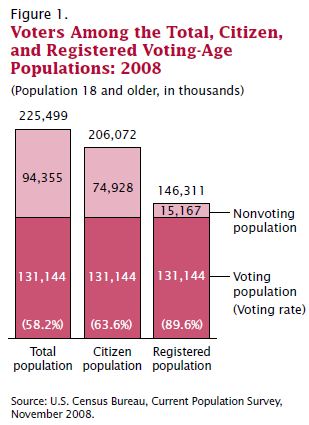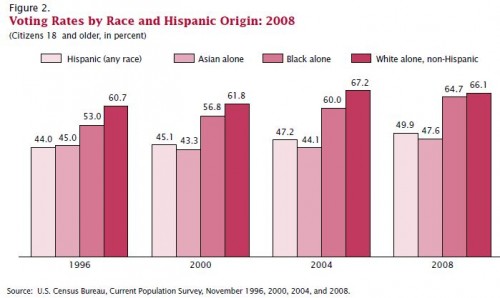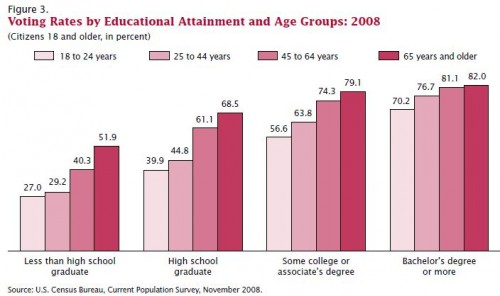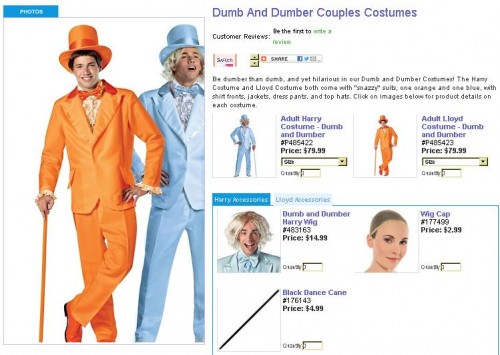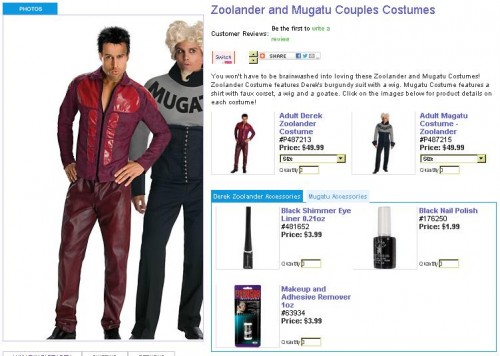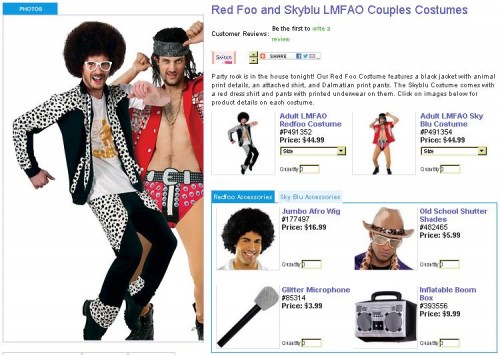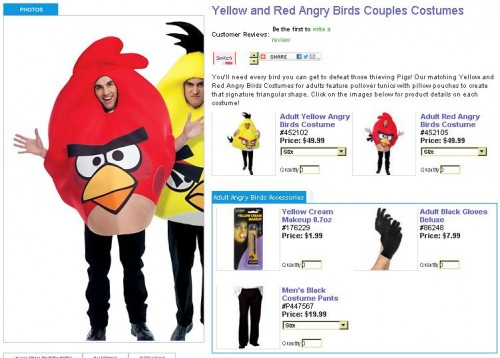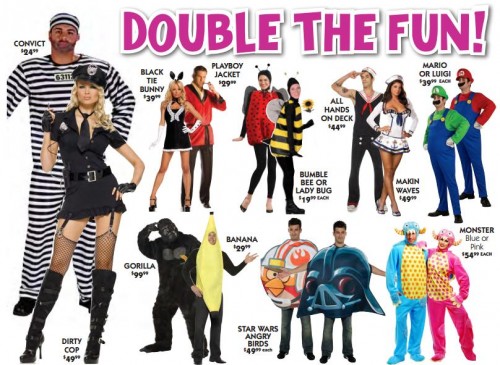SocImages News:
It’s been a busy month at SocImages!
Gwen’s photographs of a small town in her native Oklahoma were featured in a Business Insider photo-essay about the economic aftermath of an oil boom. It’s pretty great!
Some of our Halloween archives informed a Huffington Post Parents slideshow about the changing nature of costumes: “from silly to sexy.” They quote me using the word “extremification,” so that was fun. And I was pleased to be a part of a piece on race and Halloween costumes at USA Today.
We put together a Halloween-themed Pinterest page, so you can peruse our entire collection of images and click through to our posts if you like. Browser beware!
Finally, I was part of a CNN radio story about the pressure young people are under to make themselves desirable college applicants: The Teenage Pressure Cooker (listen).
And I did a segment for the Los Angeles NBC affiliate about sexy Halloween costumes. I don’t say much of note, but I did manage to say that Halloween was a “gender display ritual,” even for kids and that it a lot in common with a high school prom. I also do an awkward stride through the Occidental College library. Ah, local news. :)
Upcoming Lectures and Appearances:
I have three talks scheduled for Spring so far. If you’re in Boston or Akron, I’d love to schedule a meet up!
- Western Political Science Association (Hollywood, CA, Mar. 28-30): panels on “Public Intellectualism” and the “Twenty-First Century Sex Wars”
- Harvard University (Women’s Week, Mar. 8-14): “A Feminist Defense of Friendship”
- University of Akron (Apr. 19): “Anatomy of an Outrage: Female Genital Cutting and the Politics of Acculturation”
Social Media ‘n’ Stuff:
Finally, this is your monthly reminder that SocImages is on Twitter, Facebook, Google+, and Pinterest. We’re inching up towards 20,000 followers on Facebook, so that’s pretty exciting!
I’m on Facebook too, and most of the team is on Twitter: @lisadwade, @gwensharpnv, @familyunequal, @carolineheldman, @jaylivingston, and @wendyphd.
Lisa Wade, PhD is an Associate Professor at Tulane University. She is the author of American Hookup, a book about college sexual culture; a textbook about gender; and a forthcoming introductory text: Terrible Magnificent Sociology. You can follow her on Twitter and Instagram.












